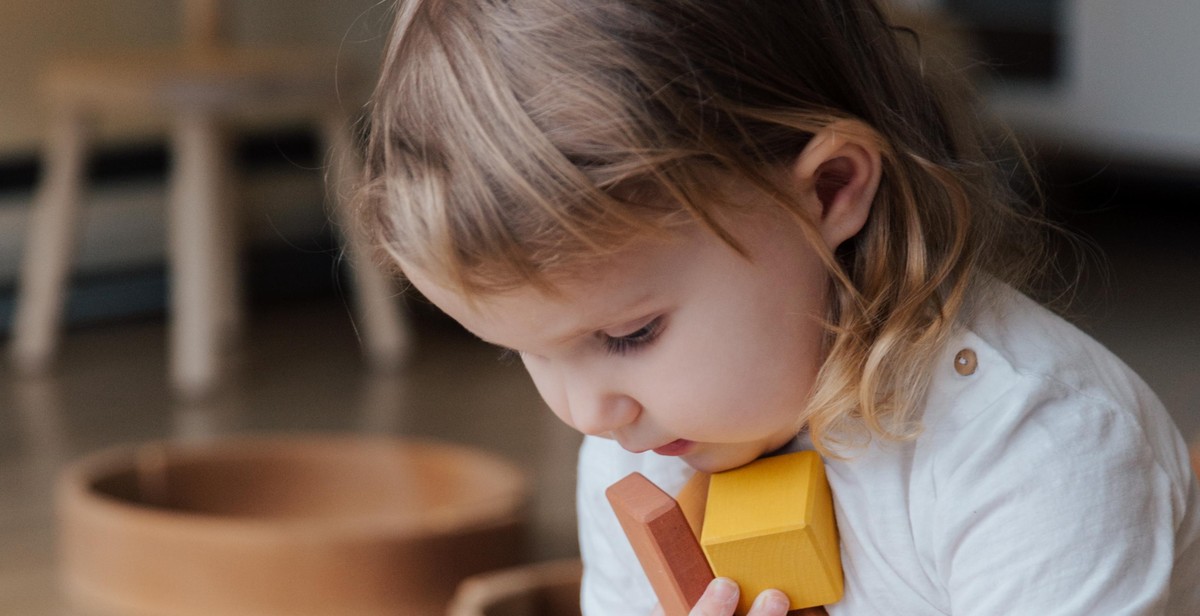How to Train Your Pet Hamster: Taming, Handling, and Enrichment
Hamsters are one of the most popular pets in the world, and for good reason. They are cute, cuddly, and easy to take care of. However, many people don’t realize that hamsters require training just like any other pet. In fact, training your pet hamster can be a fun and rewarding experience for both you and your furry friend.
Taming Your Hamster
The first step in training your hamster is taming them. This involves getting them used to your presence and touch. It’s important to start taming your hamster as soon as possible, preferably when they are still young. This will make the process much easier and quicker.
Handling Your Hamster
Once your hamster is tamed, the next step is to start handling them. This involves picking them up and holding them, which can be scary for your hamster at first. However, with patience and persistence, your hamster will eventually get used to being handled.
Enrichment for Your Hamster
In addition to taming and handling, it’s important to provide your hamster with enrichment activities. This includes things like toys, exercise wheels, and tunnels. Enrichment activities help keep your hamster happy and healthy, and can also prevent unwanted behaviors like chewing on their cage.
In this article, we will cover all the necessary steps and tips for training your hamster, from taming to handling to enrichment. By following these guidelines, you can ensure that your pet hamster is well-behaved, healthy, and happy.

Understanding Your Hamster
Before you start training your pet hamster, it is important to understand their behavior, diet, and types. This will help you create a comfortable and safe environment for your furry friend and make the training process easier.
Types of Hamsters
Hamsters come in different species, and each has unique characteristics. The most common types of hamsters kept as pets include:
- Syrian hamsters
- Dwarf hamsters (Roborovski, Campbell’s, and Winter White)
- Chinese hamsters
Syrian hamsters are the largest and most popular type of hamster. They are solitary creatures and prefer to live alone. Dwarf hamsters, on the other hand, are social and can live together in pairs or small groups.
Hamster Behavior
Hamsters are nocturnal creatures and are most active at night. They are also prey animals and can be easily startled, so it is important to approach them calmly and gently. Hamsters are known to chew on things, so providing them with chew toys will help keep their teeth healthy and prevent them from gnawing on other items.
Hamster Diet
Hamsters are omnivores and require a balanced diet of pellets, fresh vegetables, and occasional treats. Pellets should make up the majority of their diet and should be available at all times. Fresh vegetables such as carrots, broccoli, and kale can be given daily in small amounts. Treats such as fruits and seeds should be given sparingly.
| Food type | Examples |
|---|---|
| Pellets | Kaytee Forti-Diet Pro Health Hamster Food, Oxbow Essentials Hamster & Gerbil Food |
| Fresh Vegetables | Carrots, broccoli, kale |
| Treats | Apples, bananas, sunflower seeds |
It is important to note that hamsters are sensitive to sudden changes in their diet, so any changes should be made gradually over a period of time.

Taming Your Hamster
After bringing your new hamster home, it’s important to take the time to tame them. Taming involves getting your hamster used to your presence, handling them gently, and creating a safe environment for them to thrive in.
Creating a Safe Environment
Hamsters are active creatures that need plenty of space to explore and play. To create a safe environment for your hamster, you’ll need to provide them with a spacious cage or habitat that’s equipped with all the essentials. This includes a comfortable sleeping area, a food and water dish, and plenty of toys and chewable items.
It’s also important to make sure that your hamster’s cage is located in a quiet and peaceful area of your home, away from any potential sources of stress or danger. This could include loud noises, bright lights, or other pets.
Getting Your Hamster Used to Your Presence
When you first bring your hamster home, it’s important to give them some time to adjust to their new surroundings. Start by placing their cage in a quiet area and giving them a few days to settle in.
Once your hamster seems comfortable in their new home, start spending time near their cage. Talk to them in a soft and soothing voice, and offer them treats through the bars of their cage. This will help your hamster get used to your presence and associate you with positive experiences.
Hand-Feeding Your Hamster
Hand-feeding your hamster is a great way to build trust and strengthen your bond with them. Start by offering your hamster a small piece of fruit or vegetable from your hand. Be patient and gentle, and avoid making any sudden movements that could startle your hamster.
Over time, your hamster will become more comfortable eating from your hand. This will make it easier to handle them and train them to do other tricks and behaviors.
By taking the time to create a safe environment, getting your hamster used to your presence, and hand-feeding them, you can tame your hamster and build a strong and lasting bond with them.

Handling Your Hamster
Handling your hamster is an essential part of having a pet hamster. It helps build trust and strengthens the bond between you and your furry friend. However, it’s crucial to handle them carefully to avoid hurting them or causing them stress. Here are some tips on how to handle your hamster:
Picking Up Your Hamster
Picking up your hamster requires a gentle touch. You can use both hands to scoop them up or use one hand to cup them from below. Avoid grabbing them from above, as this can scare them. It’s also essential to support their entire body, including their tail, to prevent them from squirming or jumping out of your hands.
Holding Your Hamster
When holding your hamster, it’s best to sit down in a quiet area to avoid distractions. You can cradle them in your hands or place them on your lap. It’s crucial to let them explore your hands and get used to your scent. However, avoid squeezing or holding them too tightly, as this can be uncomfortable for them.
Playing with Your Hamster
Playing with your hamster is a great way to bond with them and provide them with enrichment. You can create a play area for them using tubes, tunnels, and toys. It’s essential to supervise them while they play to ensure their safety. You can also train them to do tricks, such as running through an obstacle course or rolling over.
| Do’s | Don’ts |
|---|---|
|
|

Enrichment for Your Hamster
Providing your hamster with toys and activities is crucial for their physical and mental well-being. Hamsters are active creatures, and they need plenty of stimulation to prevent boredom and stress. Here are some ideas for enriching your hamster’s life:
Providing Toys and Activities
- Exercise wheel: A hamster wheel is a must-have for any hamster cage. It provides your hamster with exercise and entertainment. Make sure to choose a wheel that is the right size for your hamster, as too small a wheel can cause back problems.
- Tunnels: Hamsters love to explore, and tunnels are a great way to provide them with a sense of adventure. You can buy pre-made tunnels or make your own using cardboard tubes.
- Chew toys: Hamsters have constantly growing teeth, so they need plenty of things to chew on to keep their teeth healthy. Wooden blocks or sticks, untreated wicker, and cardboard are all great options.
- Puzzle feeders: Puzzle feeders are toys that require your hamster to work for their food. They can help prevent boredom and encourage natural foraging behaviors.
Creating a Stimulating Environment
Aside from toys and activities, creating a stimulating environment is also important for your hamster’s well-being. Here are some ways to make their cage more interesting:
- Nesting materials: Hamsters love to burrow and create cozy nests. Provide them with plenty of nesting material, such as shredded paper or hay.
- Hideouts: Giving your hamster a place to hide can help reduce stress. You can buy pre-made hideouts or make your own using cardboard boxes.
- Varying the terrain: Adding different levels or textures to your hamster’s cage can make it more interesting. You can create levels using platforms or add different substrates, such as sand or wood shavings.
| Toy/Activity | Benefits |
|---|---|
| Exercise wheel | Provides exercise and entertainment |
| Tunnels | Provides a sense of adventure and exploration |
| Chew toys | Keeps teeth healthy and prevents boredom |
| Puzzle feeders | Encourages natural foraging behaviors and prevents boredom |
Overall, providing a variety of toys and activities, as well as creating a stimulating environment, is crucial for your hamster’s physical and mental well-being. With the right setup, your hamster can live a happy and healthy life.

Conclusion
Training your pet hamster can be a fun and rewarding experience for both you and your furry friend. By following the tips and techniques outlined in this article, you can successfully tame and handle your hamster, and provide them with plenty of enrichment activities to keep them happy and healthy.
Taming your hamster
Remember to be patient and gentle when taming your hamster. Start by offering them treats and speaking in a calm, soothing voice. Gradually introduce handling, such as picking them up and holding them close to your body. With time and consistency, your hamster will become more comfortable with you and enjoy spending time with you.
Handling your hamster
When handling your hamster, always use both hands and support their body. Avoid sudden movements or loud noises, which can startle them. It’s also important to give them plenty of time to explore and play in a safe, secure environment.
Enrichment activities
Enrichment activities are important for keeping your hamster mentally stimulated and physically active. Provide them with a variety of toys, tunnels, and obstacle courses to explore. You can also offer them different types of food and treats to keep their diet interesting.
Remember, every hamster is unique and may require different training techniques and enrichment activities. Pay attention to your hamster’s behavior and adjust your approach accordingly. With patience, love, and consistency, you can build a strong bond with your pet hamster and enjoy many happy years together.
